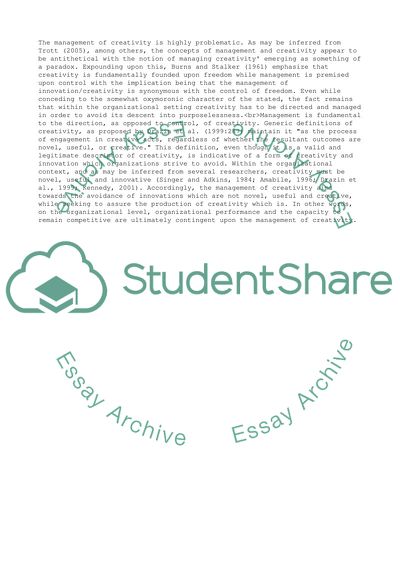Cite this document
(“Creativity Management And Its Application In Technology Case Study”, n.d.)
Creativity Management And Its Application In Technology Case Study. Retrieved from https://studentshare.org/management/1517327-innovation-essay-and-reflective-report
Creativity Management And Its Application In Technology Case Study. Retrieved from https://studentshare.org/management/1517327-innovation-essay-and-reflective-report
(Creativity Management And Its Application In Technology Case Study)
Creativity Management And Its Application In Technology Case Study. https://studentshare.org/management/1517327-innovation-essay-and-reflective-report.
Creativity Management And Its Application In Technology Case Study. https://studentshare.org/management/1517327-innovation-essay-and-reflective-report.
“Creativity Management And Its Application In Technology Case Study”, n.d. https://studentshare.org/management/1517327-innovation-essay-and-reflective-report.


